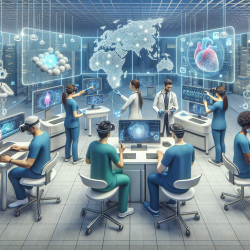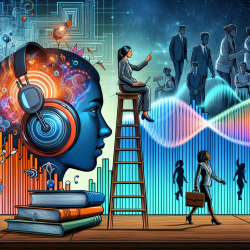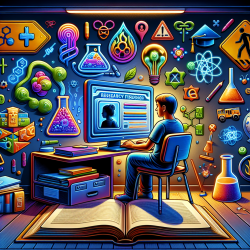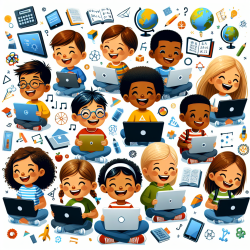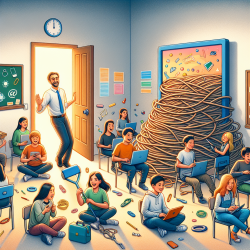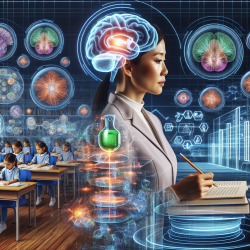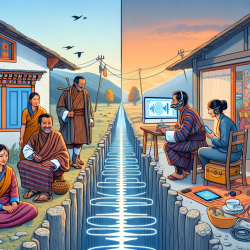Introduction
In recent years, the integration of deep learning techniques into multimedia healthcare applications has emerged as a transformative force in the medical field. The review article titled "Deep learning in multimedia healthcare applications: a review" provides a comprehensive overview of how these technologies are being leveraged to improve healthcare services. This blog aims to help practitioners enhance their skills by implementing the outcomes of this research or by encouraging further exploration into this evolving field.
Understanding Deep Learning in Healthcare
Deep learning, a subset of artificial intelligence, involves training neural networks to recognize patterns and make decisions based on large datasets. In healthcare, deep learning applications utilize multimedia data such as images, videos, audio, and text to support diagnosis, prediction, and treatment. The rapid advancements in chip processing capabilities and data availability have paved the way for innovative healthcare solutions that address the increasing burden of chronic diseases and the challenges posed by the COVID-19 pandemic.
Implementing Deep Learning Outcomes
Practitioners can improve their skills by understanding and applying the key outcomes of deep learning research in multimedia healthcare:
- Enhancing Diagnostic Accuracy: Deep learning models, such as Convolutional Neural Networks (CNNs), have shown remarkable success in diagnosing diseases from medical images. Practitioners can leverage these models to improve diagnostic accuracy and reduce human error.
- Predictive Analytics: By analyzing large datasets, deep learning can predict patient outcomes and disease progression. Practitioners can use these insights to develop personalized treatment plans and improve patient care.
- Remote Monitoring: The integration of wearable devices and IoT technologies allows for continuous monitoring of patients' physiological signals. Practitioners can utilize these tools to provide real-time interventions and enhance patient safety.
Encouraging Further Research
While significant progress has been made, there are still challenges and opportunities for further research in multimedia healthcare applications:
- Data Integration: Combining data from multiple modalities (e.g., text, audio, video) requires advanced fusion techniques. Researchers are encouraged to explore innovative methods for integrating heterogeneous data sources.
- Scalability and Efficiency: Deep learning models require substantial computational resources. Research into scalable and efficient algorithms can help overcome these limitations and make advanced healthcare solutions more accessible.
- Interpretability and Trust: Enhancing the interpretability of deep learning models is crucial for gaining the trust of healthcare professionals and patients. Further research is needed to develop models that provide transparent and explainable outcomes.
Conclusion
The integration of deep learning into multimedia healthcare applications offers immense potential for improving patient care and outcomes. By implementing the outcomes of current research and engaging in further exploration, practitioners can enhance their skills and contribute to the advancement of healthcare technologies. For those interested in delving deeper into this topic, the original research paper can be accessed here.
